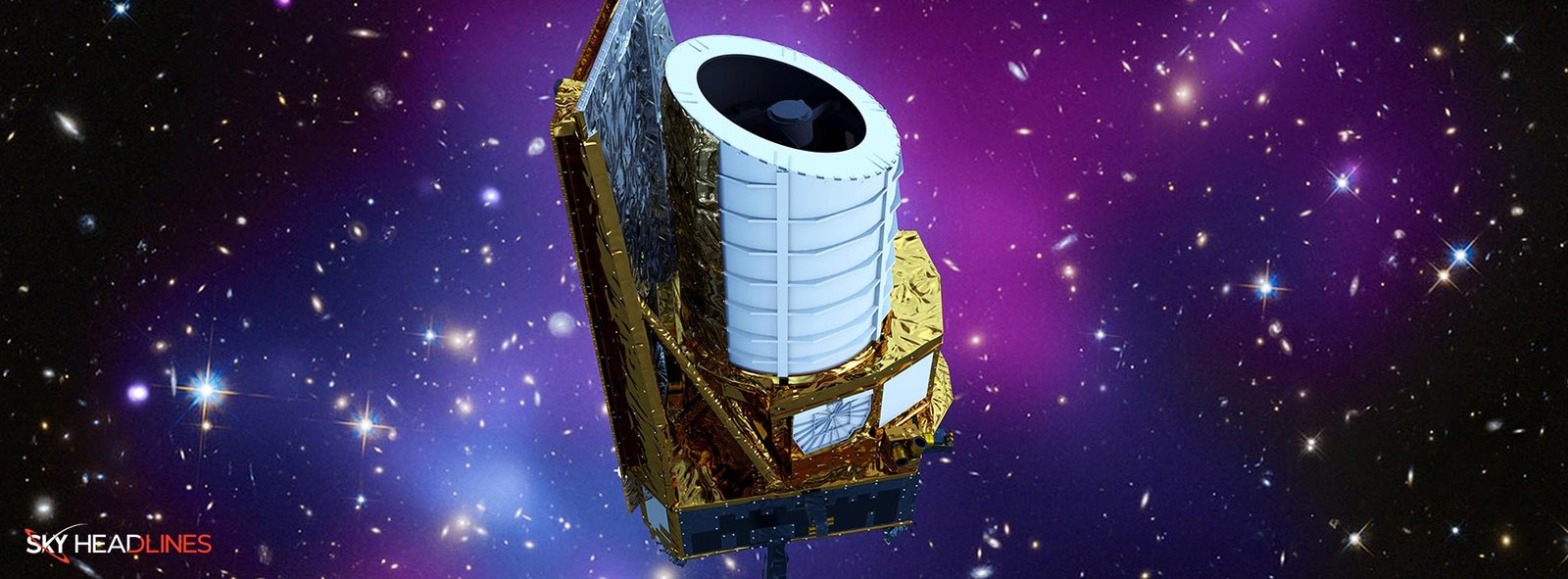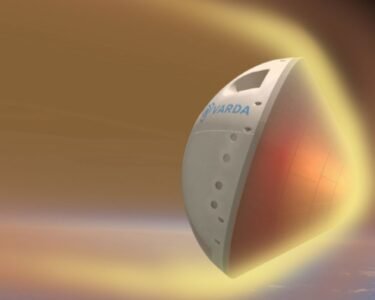The Euclid space telescope is poised to revolutionize our understanding of the cosmos by providing unprecedented insights into the mysteries of dark matter and dark energy. As our current understanding of the universe teeters on the brink of transformation, this ambitious mission holds the key to unlocking the secrets of the universe’s composition and expansion. Join us as we delve into the Euclid space telescope’s revolutionary quest to explore the enigmatic forces that shape our universe.
The Dark Matter Dilemma
In our quest to comprehend the cosmos on a grand scale, dark matter presents a formidable challenge. Albert Einstein’s general theory of relativity necessitates the presence of five times more matter than what is observable or detectable. This is where the Euclid space telescope comes into play, as it aims to map the distribution of dark matter in three dimensions. By leveraging the phenomenon of gravitational lensing, the Euclid telescope will unravel the invisible presence of dark matter, enabling us to gain profound insights into its nature and role in cosmic evolution.
Unraveling the Enigma of Dark Energy
Dark energy, responsible for the accelerated expansion of the universe, remains one of cosmology’s greatest mysteries. The Euclid mission seeks to shed light on this enigma by examining the clustering of galaxies and measuring the expansion rate of the universe at different cosmic epochs. Through meticulous observations and analysis, the Euclid space telescope aims to decipher the properties and impact of dark energy, paving the way for a deeper understanding of the universe’s dynamics.
Euclid space Telescope Revolutionary Approach
As a crucial component of the Euclid mission, the Euclid space telescope is equipped with cutting-edge sensors capable of detecting visible and infrared light. Positioned alongside the renowned James Webb Space Telescope at Lagrange Point 2, the Euclid telescope enjoys a vantage point free from the glare of our solar system. Over a span of six years, Euclid will survey one-third of the sky beyond our Milky Way galaxy, precisely measuring gravitational lensing effects to create an unparalleled three-dimensional map of dark matter distribution. Through this innovative approach, Euclid will unlock valuable insights into the intricate web of cosmic structures.
Overcoming Challenges, Embracing Possibilities
Detecting the unseen realms of dark matter and dark energy presents formidable challenges. Euclid’s success hinges on meticulous precision and extensive observations to capture the subtle gravitational lensing effects caused by dark matter. While dark matter’s existence is widely accepted, dark energy remains a subject of ongoing exploration. The Euclid space telescope has the potential to not only confirm the presence of dark energy but also provide a crucial validation of Einstein’s theory of relativity on cosmic scales.
Unveiling the Truth
With each observation and data acquisition, the Euclid telescope brings us closer to unraveling the profound secrets of the universe. Through its exploration of dark matter and dark energy, Euclid promises to challenge existing cosmological theories and pave the way for groundbreaking discoveries. By optimizing keyword distribution and leveraging the power of the Euclid space telescope, we embark on an extraordinary journey to comprehend the universe’s origins and unravel the mysteries that have captivated humanity for centuries.
Conclusion
As the Euclid space telescope embarks on its groundbreaking mission, it holds immense potential to reshape our understanding of the cosmos. With its focus on dark matter and dark energy, Euclid represents a pivotal milestone in humanity’s quest to comprehend the universe’s composition and expansion. By employing innovative technologies and pushing the boundaries of exploration, the Euclid space telescope brings us closer to deciphering the enigmatic forces that govern our existence. With every observation, we take a quantum leap towards unraveling the cosmic enigmas that have captivated our curiosity for centuries.





